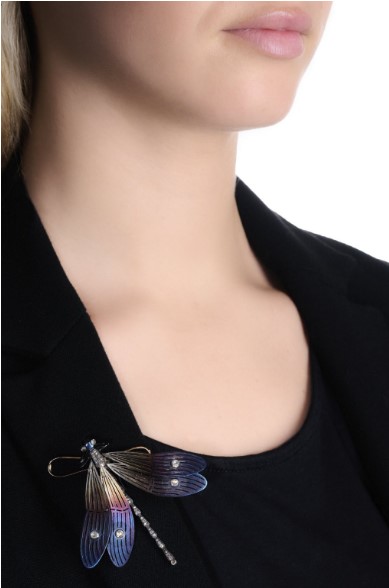Twinkle Twinkle Little Stars
We love gemstones for their color, and sometimes surprisingly unusual hues, and even their rarity. Here's one more thing to love about precious stones. Occasionally a corundum (that's sapphire and ruby you know) is formed with natural needle like inclusions deep within the crystal rough.
Looking Deep Within
Clever cutters recognize these desirable traits and exploit the stone's special inclusions by cutting the gem en cabochon instead of faceted. The result? The hidden needles emerge in a star-like pattern across the top of the domed jewel.
4-6-12 and Wiggly
They are then called star stones--as in star ruby or star sapphire. The rays are often 6 coming down from the top center of the polished dome of the stone. But a stone can have 4 rays, even 12. After all this is a natural occurrence we're revealing, so the variety is pretty individual.
The Straighter the Better
The straighter and sharper the rays, and the farther they go down the side of the cabochon, the more value they contribute to the stone. Wavy rays or shortened rays lessen the value of a star stone but nevertheless the stone is still a bit rare and certainly individually distinct.
Look-a-Likes are Loverly
As with all genuine stones that are coveted, their desirability often generates manufactured look-a-likes.Such is the case with star stones. From the 1950s through the 1970s a created stone called the Linde Star sapphire was made. Essentially its star was fabricated onto the created stone. They are still collectible and hold a certain charm today for collectors.
So whatever star you are wishing on--whether one with 4 or 6 or even 12 rays--whether man-made or earth grown--you'll find these twinkling star stones are guaranteed to make your jewelry wishes come true.
 |
| Robert Procop star ruby ring |
Looking Deep Within
Clever cutters recognize these desirable traits and exploit the stone's special inclusions by cutting the gem en cabochon instead of faceted. The result? The hidden needles emerge in a star-like pattern across the top of the domed jewel.
4-6-12 and Wiggly
They are then called star stones--as in star ruby or star sapphire. The rays are often 6 coming down from the top center of the polished dome of the stone. But a stone can have 4 rays, even 12. After all this is a natural occurrence we're revealing, so the variety is pretty individual.
 |
| 12 ray black sapphire |
The straighter and sharper the rays, and the farther they go down the side of the cabochon, the more value they contribute to the stone. Wavy rays or shortened rays lessen the value of a star stone but nevertheless the stone is still a bit rare and certainly individually distinct.
 |
| wiggly-wavy 6 rayed star Lavender sapphire Art Deco period |
Look-a-Likes are Loverly
As with all genuine stones that are coveted, their desirability often generates manufactured look-a-likes.Such is the case with star stones. From the 1950s through the 1970s a created stone called the Linde Star sapphire was made. Essentially its star was fabricated onto the created stone. They are still collectible and hold a certain charm today for collectors.
 |
| Linde Star sapphire circa 1960 |
So whatever star you are wishing on--whether one with 4 or 6 or even 12 rays--whether man-made or earth grown--you'll find these twinkling star stones are guaranteed to make your jewelry wishes come true.


Comments